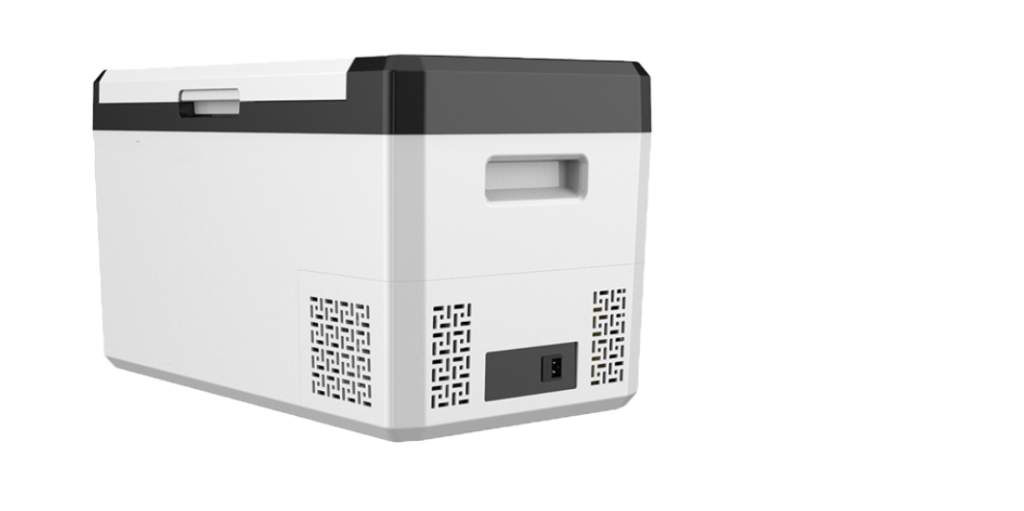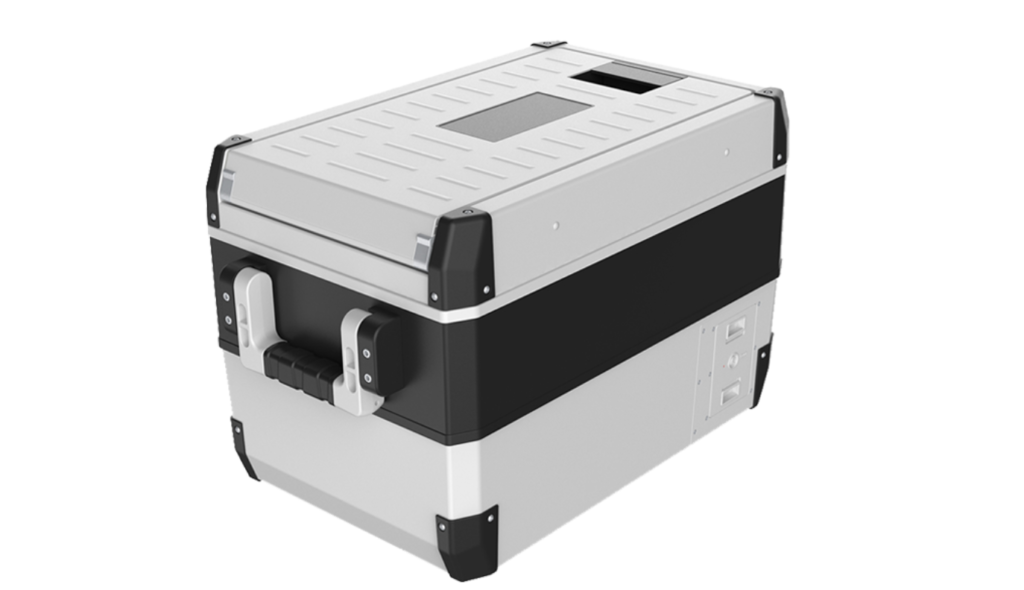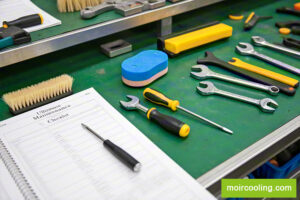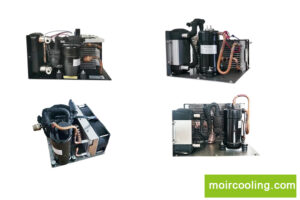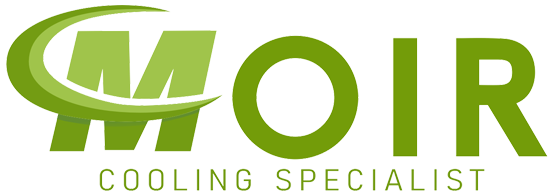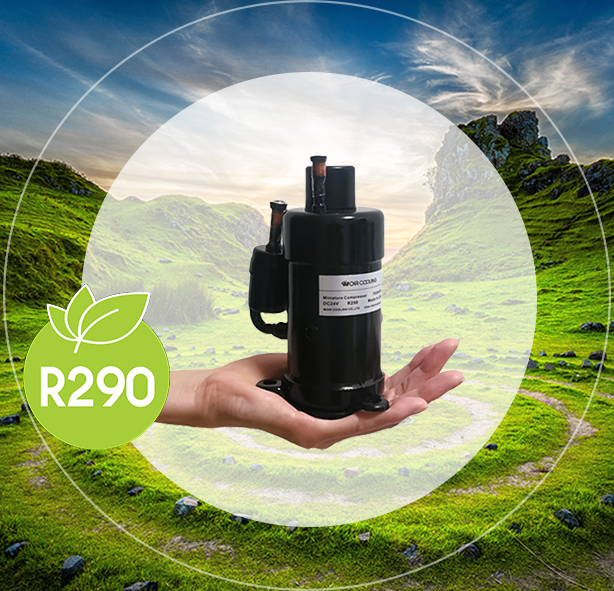Introduction
The food delivery industry is booming, with more startups entering the market to meet the increasing demand for fresh and frozen meal deliveries. However, one of the biggest challenges food delivery startups face is maintaining the proper temperature of perishable goods during transit. This is where freezer boxes play a crucial role.
Investing in the right freezer solution can ensure food remains fresh, prevent spoilage, and optimize delivery efficiency. This guide explores how food delivery startups can leverage freezer boxesas a cost-effective solution while enhancing quality and operational efficiency.
Understanding the Importance of Freezer Boxes in Food Delivery
Ensuring Freshness and Food Safety
Food safety regulations demand that perishable goods be stored and transported under strict temperature conditions. Fridge freezer boxes help maintain the required temperatures, preventing bacteria growth and ensuring the freshness of meals upon arrival.
Enhancing Customer Satisfaction
Food delivery startups thrive oncustomer satisfaction. No one wants to receive melted ice cream or lukewarm sushi. High-quality freezer boxes for food deliverycan make the difference between a repeat customer and a negative review.
Reducing Wastage and Financial Losses
Temperature fluctuations can cause spoilage, leading to product loss. A well-insulated freezer box minimizes these risks, helping startups cut down on unnecessary expenses.
How Customization Enhances Food Safety and Freshness

Insulated Design for Maximum Temperature Retention
Custom freezer boxes are designed with specialized insulation materials such as polyurethane foam and vacuum-sealed panelsto ensure that food stays at the optimal temperature for extended periods.
Tailored Cooling Mechanisms
Unlike generic cooling solutions, Compressor freezer boxes can be equipped with adjustable temperature settings that cater to different food types, from frozen meats to fresh dairy products.
Anti-Bacterial and Leak-Proof Features
Food-grade, anti-bacterial coatings prevent contamination, while leak-proof compartmentsprotect contents from moisture and humidity.
Key Cost Challenges Faced by Food Delivery Startups
High Initial Investment in Cooling Equipment
One of the biggest hurdles for startups is the substantial upfront costassociated with purchasing high-quality freezer boxes. These units need to be durable, reliable, and energy-efficient, which often means a higher initial expense. Many startups must carefully budget and prioritize essential cooling equipment to avoid cash flow issues.
Maintenance and Energy Costs
Beyond the purchase price, ongoing maintenance and energy consumptioncan significantly impact a startup’s profitability. Compressor-based freezer boxes require regular servicing to maintain performance, while inefficient models can lead to excessive electricity bills. Startups should consider investing in energy-efficient models with ECO modes and low-power consumption compressors to cut long-term costs.
Logistics and Storage Issues
Many food delivery startups operate in tight spaceswhere storage is limited. Investing incompact, stackable freezer boxescan help maximize space in both delivery vehicles and central storage facilities. Additionally, poorly organized freezer storagecan lead totemperature inconsistencies, affecting food quality and increasing waste.
Customization Costs vs. Benefits
Whilecustom freezer boxes offer branding opportunities and tailored functionality, the cost of customization can be a challenge. Features such as smart temperature monitoring, GPS tracking, and multi-compartment designs add to the expense. Startups must carefully balance branding needs with essential functionality to avoid unnecessary spending.
Replacement Costs Due to Wear and Tear
Freezer boxes are subject to daily wear and tear, especially in high-volume food delivery businesses. Low-quality materials may crack, degrade, or lose insulation over time, requiring frequent replacements. Investing in durable, shock-resistant freezer boxes helps startups avoid costly replacements.
Regulatory Compliance Expenses
Food delivery startups must comply with food safety regulations, including HACCP and FDA guidelines. Meeting these standards often requires specific certifications and testing, which can add to the overall cost of acquiring custom freezer boxes.
Types of Freezer Boxes: Choosing the Right Model for Your Business
Portable vs. Stationary Freezer Boxes: Which One Suits Your Needs?
- Portable freezer boxes: Ideal for on-the-go food delivery, ensuring flexibility.
- Stationary freezer boxes: Suitable for meal prep businesses that require temperature-controlled storage before distribution.
MOIR’s Compressor-Based Freezer Boxes
For food delivery startups seeking reliable and efficient cooling solutions, MOIR offersa various modelsof portable freezer boxes tailored for professional use, such as 25L, 35L, and 45L and more. These models are designed to meet different volume requirements while delivering exceptional cooling performance.
25L Freezer Box
- Capacity: 25 liters, ideal for small-batch deliveries.
- Temperature Range: -22°C to 10°C, adjustable for various food types.
- Power Supply: Dual DC/AC power, compatible with vehicle and standard outlets.
- Features: Compact and lightweight, perfect for startups with smaller delivery vehicles.
35L Freezer Box
- Capacity: 35 liters, suitable for medium-sized delivery batches.
- Temperature Control: -22°C to 10°C, with precise digital settings.
- Power Efficiency: ECO/MAX modes to balance power usage and performance.
- Advantages: Versatile size with excellent cooling consistency.
45L Freezer Box

- Capacity: 45 liters, designed for larger-scale deliveries.
- Cooling Power: Maintains stable freezing temperatures even in hot weather.
- Durability: Injection-molded construction with thick foam insulation for superior temperature retention.
- Benefits: Ideal for startups scaling their delivery operations.
Apart from our standard models, MOIR offers comprehensive ODM solutions for cutting-edge freezer box from concept to mass production. Designed for applications ranging from cold chain logistics and medical transportation to automated fulfillment centers, these electric cooling systems effectively maintain the freshness of food and beverages over prolonged durations.
Compressor-Based vs. Thermoelectric Cooling: Pros and Cons
Compressor-Based Freezers
Compressor-based cooling uses refrigerant gas compression to create powerful cooling effects. This method offers superior temperature control, making it ideal for deep freezing.
Pros:
- Provides deep freezing (-22°C), ideal for ice creams and frozen meals.
- More energy-efficient for large-volume cooling needs.
- Reliable performance in high ambient temperatures.
- Suitable for startups delivering frozen foods over long distances.
Cons:
- Higher upfront costs.
- Slightly bulkier and heavier compared to thermoelectric units.
- Requires regular maintenance.
Thermoelectric Cooling
Thermoelectric cooling relies on the Peltier effect, where an electric current generates a heat transfer, creating a cooling effect. It is more suitable for chilled goods rather than deep freezing.
Pros:
- Lower initial cost.
- Compact and lightweight.
- Quieter operation with no refrigerant involved.
- Ideal for short-distance deliveries and temperature-sensitive drinks.
Cons:
- Less effective in extreme temperatures.
- Limited cooling capacity (not ideal for deep freezing).
- Higher power consumption relative to cooling output.
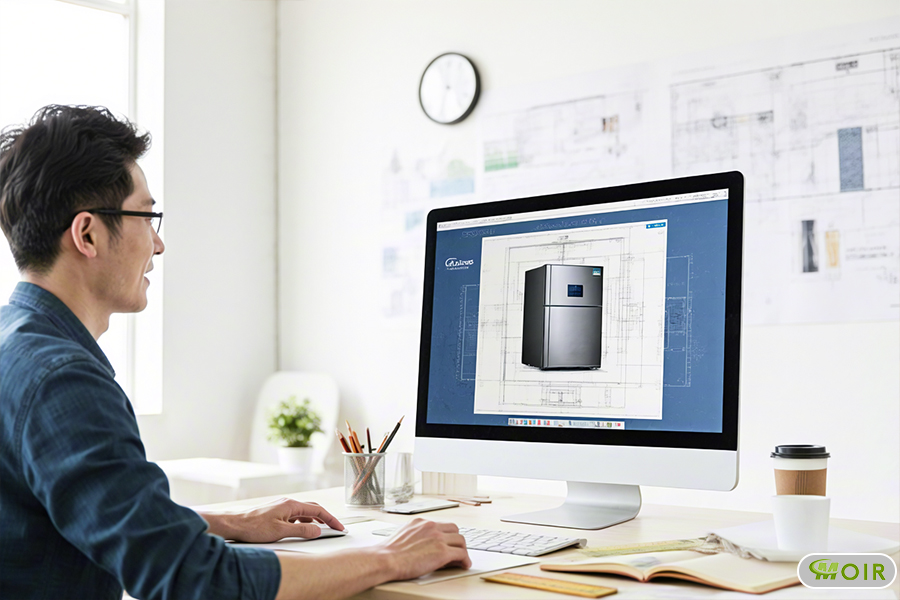
Sizing Matters: How to Determine the Right Capacity for Your Deliveries
Estimating Daily Delivery Volume
The first step in determining the right freezer box size is analyzing your daily delivery volume. For smaller-scale startups or boutique food services, 25L freezer boxes may be sufficient. However, businesses with larger delivery routes or bulk orders may benefit from using 35L or 45L models.
- 25L Freezer Box: Suitable for small-batch deliveries, such as individual meal kits or specialty items.
- 35L Freezer Box: Ideal for medium-sized orders, offering a balance between capacity and portability.
- 45L Freezer Box: Best for large-scale deliveries, ensuring ample storage without compromising mobility.
Space Optimization and Load Distribution
Efficient use of vehicle space is crucial for delivery startups. Choosing stackable freezer boxeshelps maximize vehicle capacity, enabling startups to transport more goods per trip. Additionally, proper load distribution ensures even cooling and prevents temperature fluctuations. Freezer boxes with internal dividers or adjustable shelves can further optimize space and keep different food types separated.
Materials and Insulation: What Works Best for Temperature Control?
High-Performance Insulation Materials
- Polyurethane Foam (PU): Widely used due to its excellent thermal resistance, lightweight properties, and cost-effectiveness.
- Vacuum Insulation Panels (VIPs): Provide superior insulation with minimal thickness, ideal for maintaining consistent low temperatures during extended deliveries. However, the VIP is the most expensive material among the three kinds of material.
- Expanded Polystyrene (EPS): Known for its affordability and shock absorption, but less effective for long-term temperature retention.
Interior Lining Options
- Aluminum Interior Lining: Enhances cold retention and cooling efficiency.
- Food-Grade Plastic Lining: Lightweight and easy to clean but less effective in extreme cold environments.
Exterior Construction Materials
- Reinforced Plastic: Durable and impact-resistant, ideal for frequent handling.
- Stainless Steel: Robust and corrosion-resistant, suitable for industrial-grade freezer boxes. Cost more than the reinforced plastic.

Aluminum Inner Lining
Energy Efficiency: How to Cut Down on Power Costs Without Sacrificing Performance
ECO Mode and Smart Cooling Technology
- Energy-efficient compressorsreduce power consumption while maintaining optimal cooling.
- Solar-powered freezer boxes offer off-grid solutions for startups looking to cut costs.
Battery Backup Options
Some custom freezer boxescome with rechargeable lithium battery packs, ensuring uninterrupted cooling during power outages.
Advanced Temperature Control Features
- Wi-Fi and Bluetooth connectivity for real-time monitoring.
- Programmable settings to adjust cooling levels based on food type.
- Adaptive cooling technology that adjusts power usage based on external temperature conditions.
Conclusion: Investing in Custom Freezer Boxes for Long-Term Business Growth
Choosing the rightfreezer boxcanenhance operational efficiency, reduce wastage, and improve customer satisfaction. With the right cooling solution, food delivery startups can ensure their products remain fresh, their logistics stay efficient, and their business thrives in a competitive market.
By investing inenergy-efficient, durable, and well-insulated freezer boxes, startups canoptimize cost savings, comply with industry regulations, and enhance their brand reputationin the long run.

